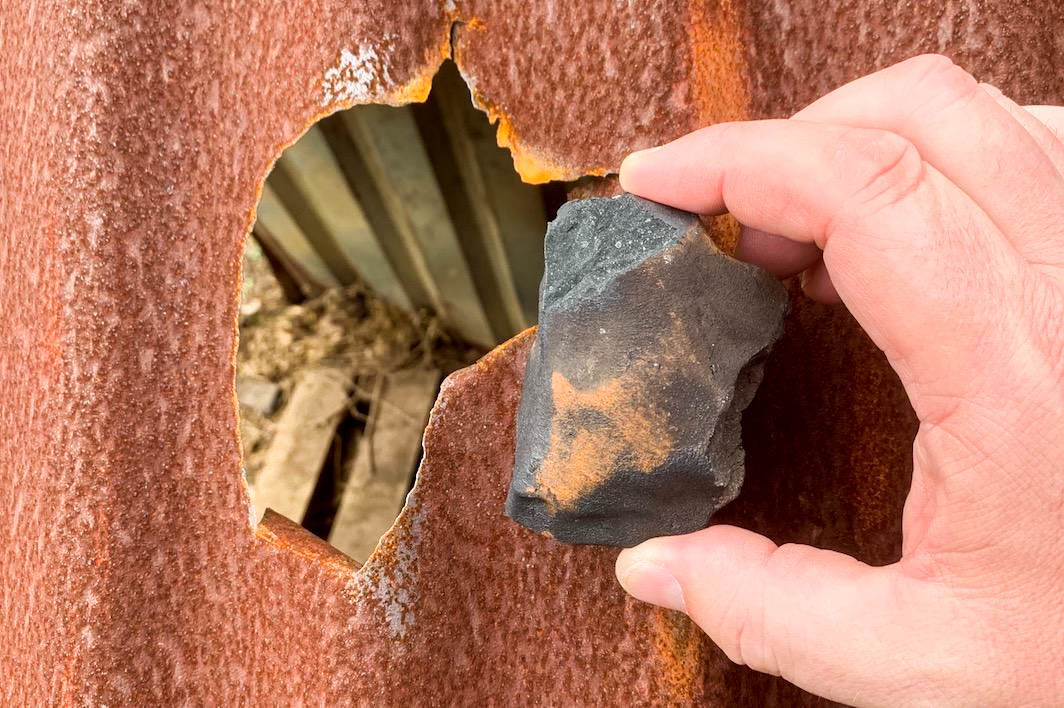When it comes to the world of science, researchers make discoveries and breakthroughs every day. To help you keep up with them, The Battalion has compiled a few of the most compelling scientific advances from the past week.
Negative emotions spread throughout ravens
Testing conducted by researchers shows that ravens are able to pick up negative emotions from each other, but not positive emotions. Ravens have displayed problem solving skills in the past, alongside complex social interactions.
For this set of tests, ravens were given cognitive bias tests that showed optimism or pessimism for a box that could contain a treat or be empty. Ravens were then paired up and given either unappealing raw carrots or dog food. As the first raven reacted to the food, the second watched only the first raven and not the food. Ravens had positive reactions to the dog food, while ignoring the food or even scratching because of the carrots.
The cognitive bias test was then given again to the second raven. The results showed an increase in pessimism if the raven’s partner showed disappointment with their food, but no increase in optimism if the partner had previously been given dog food.
Space mud collected by researchers
In late April, a small town of Costa Rica witnessed a celestial object burn up and break up into multiple pieces as it fell through Earth’s atmosphere. The residents of Aguas Zarcas experienced the pieces rain down throughout the town. Early reports showed that the rock was non-metallic.
Arizona State University was able to retrieve samples from meteorite hunters. What sets this meteorite apart from others is the large amount of clay it had. It is believed that the mud fragment used to form part of a larger body on its way to becoming a planet. The mud is thought to have a similar composition to that of asteroid Bennu, and would serve as a prelude to what is brought back from the asteroid.
Loudest sound to be produced underwater
What could quite easily be the loudest sound created underwater is man-made and not found in nature. The sound was produced by taking a small water jet, comparable to about half the width of a human hair, and hitting it with an X-ray laser. The sound was produced in a vacuum chamber and measures about 270 decibels. The sudden burst of energy not only produced such a loud sound, but evaporated water as well. Knowing at which point a liquid begins to boil via laser would be useful information to scientists, as such lasers are used to identify chemical properties and not going over the limit ensures the liquid isn’t lost.
Emotions in ravens, space mud and loudest underwater sound: This Week in Science
May 29, 2019
Photo by via Arizona State University
On April 23, residents of Aguas Zarcas, Costa Rica had a meteorite fall in small pieces across their town.
0
Donate to The Battalion
$2065
$5000
Contributed
Our Goal
Your donation will support the student journalists of Texas A&M University - College Station. Your contribution will allow us to purchase equipment and cover our annual website hosting costs, in addition to paying freelance staffers for their work, travel costs for coverage and more!
More to Discover









